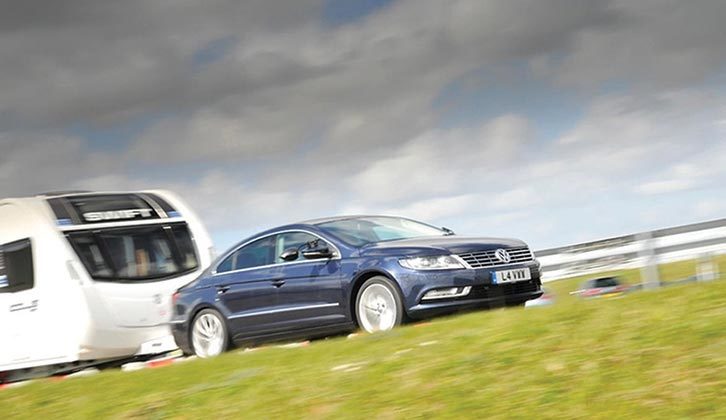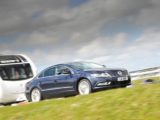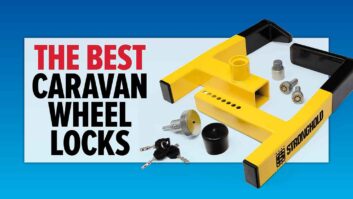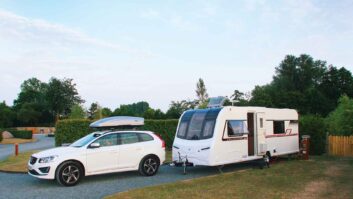Historians documenting the development of the passenger vehicle in the 20th century have myriad technologies to record. But what will stand out as the greatest aid to motorists? The electric starter motor, automatic transmission, perhaps even satellite navigation? My vote is none of these – it’s anti-lock braking systems (ABS).
Anti-lock braking dates back to World War II, when Dunlop first developed a system for RAF bombers, and this mechanical cadence-braking unit was later adapted for use in the 1966 Jensen FF.
This was the first production road car fitted with permanent four-wheel drive and anti-lock brakes, all some 14 years before the Audi Quattro!
However, it was not until the late 1970s that electronics allowed the term ‘ABS’ to enter the motoring vocabulary.
Stopping distance
First, let’s dispel a popular myth. ABS is not designed to reduce your stopping distance – although in 99% of cases it will do so. It is actually designed to allow you to steer your vehicle under maximum braking.
Every new driver’s first winter is accompanied by at least one instance of braking hard and locking the front wheels, trying to steer and finding the vehicle goes straight on as the front tyres basically become skis.
Taught to police drivers and racers alike, ‘cadence’ braking – where the pedal is pumped rhythmically on and off – will alleviate the problem, for two reasons. First, as the brakes are released, the wheels roll again, allowing grip to steer. Pressing the pedal once more provides braking until the wheels lock and the process is repeated.
Secondly, between locked and rolling is the optimum braking effect.
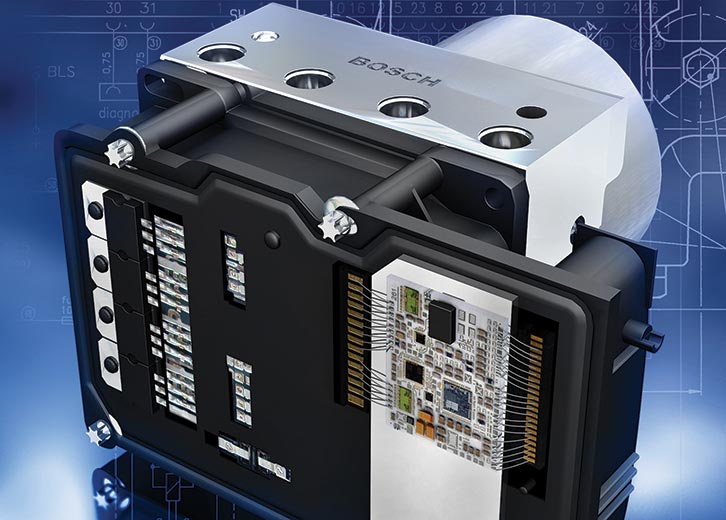
Now that’s fine at 15mph on a skid pan, but at 60mph, when something blows off the top of a skip lorry and bounces down the middle lane towards you, it’s a different story. The ABS is already helping, before you even realise the wheels have locked, but all it does is ‘cadence’ brake.
A high-pressure pump forces the brakes rhythmically off, while you keep forcing them on, as you should – never lift off until the danger is passed, full steering is retained, and anything, from a damaged wheel to a child’s life, has been saved.
Modern systems pump the brakes off several times per second, assessing the grip available and regulating the braking force to individual wheels, while all the driver has to do is press the pulsing pedal hard down.
However, poor education around the time of ABS being introduced saw some drivers lift off, thinking the system took over automatically.
Later HBA (hydraulic brake assist) systems do increase the pedal force to full, but they still need driver input, too.
ABS relies solely on rotational speed sensors for each wheel. These tell it when one or more wheels are decelerating more than the others while braking, compared against complex algorithms for deceleration.
They also assess imbalance between driven and undriven axles, or wheels on the same axle, and this is used for traction and stability systems.
Anti-lock braking systems know-how:
- ABS will only work if you keep the brake pedal pressed down hard
- ABS doesn’t stop you shorter; instead, it allows avoidance steering
- In deep, soft snow, a locked wheel stops you shorter than ABS
- You could switch ABS off in 1980s vehicles, but not any more
- ABS changes program in off-road or winter driving modes – always use them
- Check your ABS warning light comes on at start-up and then goes out after a couple of seconds
If you enjoyed reading this, why not take a look at these:
- We round up our pick of the best caravan sat navs
- We find out about CRiS registration and how it works
- We talk you through the process of hitching up a caravan
If you’ve enjoyed reading our guides, why not get the latest news, reviews and features delivered direct to your door or inbox every month. Take advantage of our brilliant Practical Caravan magazine SUBSCRIBERS’ OFFER and SIGN UP TO OUR NEWSLETTER for regular weekly updates on all things caravan related.
